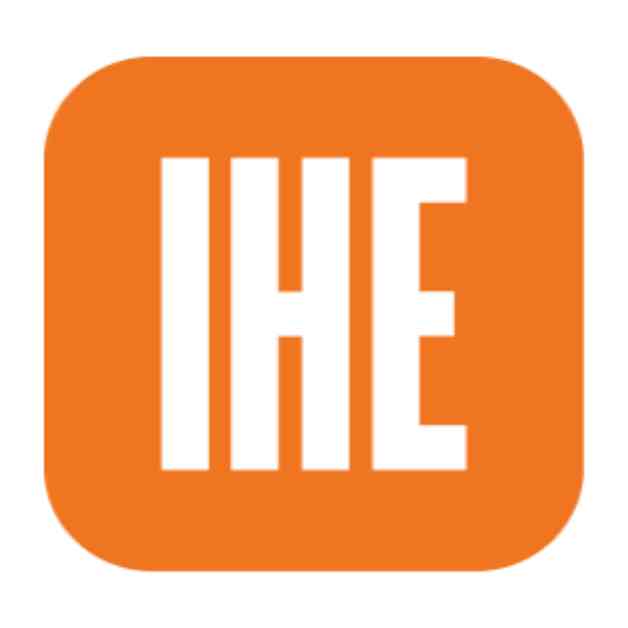MIT Enrollment Data Post-Affirmative Action: Analysis and Trends
The demographics of incoming first-year students at the Massachusetts Institute of Technology have undergone a significant shift, as revealed by data released by the institution. This data, which covers the first class admitted to college following the Supreme Court’s ruling on the constitutionality of affirmative action, paints a picture of a less diverse student body at MIT. Stu Schmill, MIT’s dean of admissions and student financial services, disclosed that only 16 percent of the incoming freshman class identify as Black, Hispanic, Native American, or Pacific Islander, a notable decrease from the 25 percent seen in recent years.
Changes in Demographics
The composition of the incoming freshman class at MIT has seen notable changes in terms of racial and ethnic diversity. While the proportion of white students has remained relatively stable at 37 percent, there has been a significant increase in the percentage of Asian American students, rising from 40 percent to 47 percent. These shifts in demographics reflect the impact of recent legal decisions and ongoing debates surrounding affirmative action in college admissions.
Impact of Supreme Court Ruling
The Supreme Court’s ruling on the constitutionality of affirmative action has had a direct impact on the diversity of students enrolling at institutions like MIT. The decision, which stemmed from lawsuits against Harvard University and the University of North Carolina at Chapel Hill, alleged discrimination against Asian American applicants. As a result, MIT, as a highly selective institution, has witnessed a decrease in enrollment from historically underrepresented racial and ethnic groups.
According to Schmill, the decline in diversity can be attributed to the Supreme Court decision, which has reshaped the landscape of college admissions. In a Q&A session published by the university, Schmill acknowledged the anticipated consequences of the ruling, stating, “We expected that this would result in fewer students from historically underrepresented racial and ethnic groups enrolling at MIT. That’s what has happened.”
Challenges and Opportunities
The shift in demographics at MIT presents both challenges and opportunities for the institution. While the decrease in diversity may raise concerns about inclusivity and representation on campus, it also opens up avenues for exploring new approaches to promoting diversity and equity in higher education. MIT, known for its commitment to academic excellence and innovation, must navigate these changes while upholding its core values of diversity and inclusion.
As MIT grapples with the impact of the Supreme Court ruling on its student body composition, there is a growing recognition of the need to address systemic barriers to access and opportunity in higher education. The institution has a long history of championing diversity and equity, and it must continue to actively engage with these issues to ensure that all students, regardless of background, have equal opportunities to thrive and succeed.
Looking Ahead
As MIT moves forward in the post-affirmative action landscape, there is a renewed focus on creating a more inclusive and equitable campus environment. The institution is committed to fostering a diverse community that values and celebrates differences, recognizing the richness that diversity brings to the academic experience.
In the face of evolving legal and social challenges, MIT remains steadfast in its dedication to excellence and diversity. By embracing the changing demographics of its student body and actively working to promote equity and inclusion, MIT is poised to lead the way in shaping the future of higher education for generations to come.
